Driving the Future of Honda

Ahead of the recent Tokyo Motor Show, Honda invited a group of journalists out to its Twin Ring Motegi race track facility for an information download on its future engines and transmissions, as well as a chance to get behind the wheel of some of the new products.
Unfortunately, seat time was too minimal for even a first-drive style piece of each of the vehicles present. Still, we thought we’d share our impressions of cars that ranged from high-tech prototypes to models we’ll never see.
Read the complete story below:
2014 ACURA RL? (OR THE NEW NSX?)
Just a single lap of a portion of the Motegi road course was all we were allotted in what might very well be the next-generation Acura RL (or, as more recent rumors suggest, the next-gen NSX). By all accounts a Honda Accord (both inside and out), it most certainly was not underneath. Rather than a conventional drivetrain, there was a new V6 hybrid engine (a two mode-system, not Honda’s current and outdated Integrated Motor Assist setup). But that’s not all. Powering the rear wheels are two electric motors (one at each wheel), forming a new electric version of the Super Handling AWD system. Add to that a 7-speed dual-clutch transmission and Honda is promising serious performance, as well as 4-cylinder fuel economy with V8 power. Or as one Honda engineer commented, a 30 percent improvement over a current V6 engine.
The reality? In such a short burst it was hard to tell much of anything. Quick? Yes. Fast? Perhaps. Sadly there wasn’t enough time to gauge the new DCT unit either, although its certain to be a much appreciated addition to the lineup, as it’s the type of driver-focused transmission the Acura brand so desperately needs. With just one lap we focused on the handling and it was superb. Try and pinch off a corner too early and the car just rotates into place. Perhaps the most amazing feature is that rather than just controlling torque output by delivering the most power to the outside wheel while limiting output to the inside wheel, it actually slows the inside wheel, using the regenerative energy to then power the outside wheel.
In addition to all this, the car can operate on pure electric power at low speeds and for short distances. We found that an excessively light throttle wasn’t required to stay in the limit either.
A car equipped with the E SH-AWD system will go into production in 2013 says Honda.
In addition to this hybrid we also had the chance to get behind the wheel of a new plug-in hybrid 4-cylinder model. Another full-hybrid system it allows for an electric only drive range and again came disguised in Accord sheetmetal for our test. It does seem to freewheel a bit in the switchover from electric only to hybrid but at the same time makes Honda’s current IMA system (which we drove in the Fit Hybrid) feel as crude as it is. Generally, it’s smooth and easily powerful enough to lug around the Honda Accord chassis it was strapped to.
Of note, Honda claims this system will be the most efficient hybrid in the world, coming to market as a plug-in hybrid next year with a standard hybrid version available in a production model in 2013.
THE CVTS ARE COMING
The real focus on Honda’s new “Earth Dreams Technology” push, however, is the use of direct-injection and CVTs across the board. We had a chance to pilot a TSX model equipped with a new direct-injection 2.4-liter 4-cylinder and the CVT around the Motegi oval course. Power it most certainly isn’t lacking, although it does have an almost diesel sound to it at lower speeds.
Perhaps most important to those worried about Honda’s switch to the dreaded CVT is how nicely it performed. It’s one thing to drop throttle and watch it react with haste, but Honda’s new CVT actually responded quickly to even slight inputs thanks to what it calls “G-Design Shift”, a new program that ties together the shifting, throttle pressure and hydraulics.
A short drive on some public roads of the new Fit EV proved equally reassuring. Honda claims a slight range improvement over the Nissan Leaf, with 123 miles. Plus, charge timing has been cut in half. The car offers three drive modes (Eco, Normal and Sport) and even in the general setting it offers excellent power. Push sport and it feels seriously peppy.
We even had the chance to sample a few truly unique products, including the new N-Box and Brio.
KEI CARS AND HONDA’S NEW EMERGING MARKETS MACHINE
One of our final drives of the day was a car Honda doesn’t sell here. Nor is it offered in Japan. In fact the Brio ( it’s more than just a bad Italian pop, apparently), was designed by Honda as a low cost model specifically for India and China. Making 88-hp from a 1.2-liter iVTEC 4-cylinder it’s actually quick enough. Based on the Fit’s chassis, cost savings are most evident inside where it’s a throwback to the ‘90s.
And speaking of ’90s cars, it’s about two feet shorter in length than the 1996 to 2000 Civic hatchback and weighs just over 2,000 lbs – making it quite tossable.
Easily the worst part of the car is the sloppy electric steering. If Honda wants to build a reputation in emerging markets like it has in developed ones, this steering won’t do.
Our final spin of the day came behind the wheel of the N-Box, Honda’s new Kei car (a class of vehicle in Japan designated by engine size, 660 cc or less). With a new DOHC engine and CVT transmission fuel economy ca be as high as 53 mpg, although even on our turbocharged model acceleration was anemic beyond city speeds.
Looking downright funky, it’s almost 6 feet tall; a height that makes it look even more narrow than it is. Headroom can be compared to a cathedral, while overall space is incredible – proof that of Honda’s recent failings, making a huge interior out of a tiny exterior isn’t one of them.
Honda says it applied its minivan expertise to this new vehicle and that couldn’t be more true, with our test car even featuring the same power slide second row doors (like the Honda Odyssey). In fact, on the dash were the same buttons you’d expect to find in an Odyssey. And so while this might be a low powered car, it’s not necessarily priced like one.
With bench front seats and a steering wheel that’s more in-your-lap that we expect from Honda, the car’s quirky nature has somehow made driving a school bus fun. Considering the failure Honda has had lately in delivering niche products (take the CR-Z and CrossTour for example), we’d wager an N-Box with real 4-cylinder (something along the lines of a 1.5-liter) would be a hit in North America.
GALLERY: Driving the Future of Honda

With AutoGuide from its launch, Colum previously acted as Editor-in-Chief of Modified Luxury & Exotics magazine where he became a certifiable car snob driving supercars like the Koenigsegg CCX and racing down the autobahn in anything over 500 hp. He has won numerous automotive journalism awards including the Best Video Journalism Award in 2014 and 2015 from the Automotive Journalists Association of Canada (AJAC). Colum founded Geared Content Studios, VerticalScope's in-house branded content division and works to find ways to integrate brands organically into content.
More by Colum Wood
















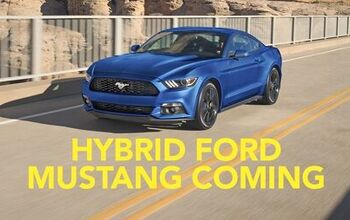
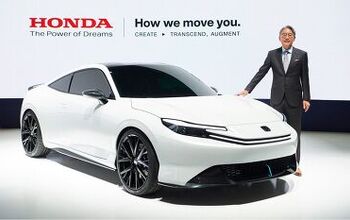
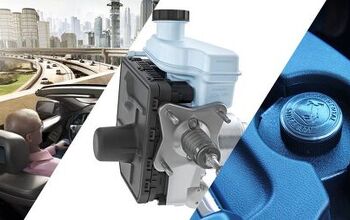
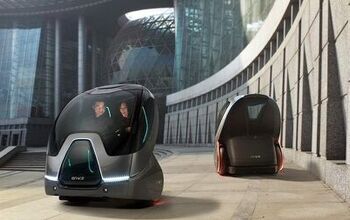

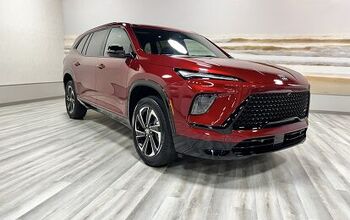

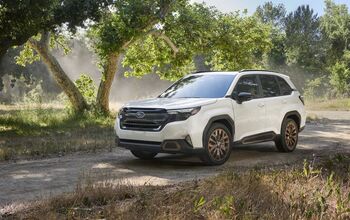
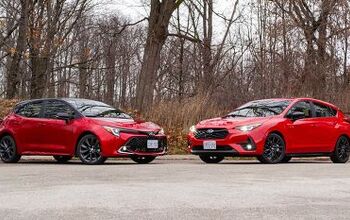



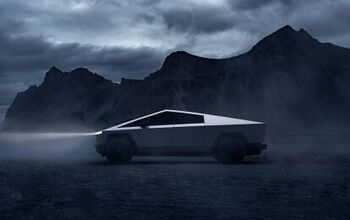


Comments
Join the conversation
Guess now we know why Honda has been so quiet all these years while everyone else was spitting out hybrids of their midsize family sedans & engaging in HP, MPG & tranny speed wars.